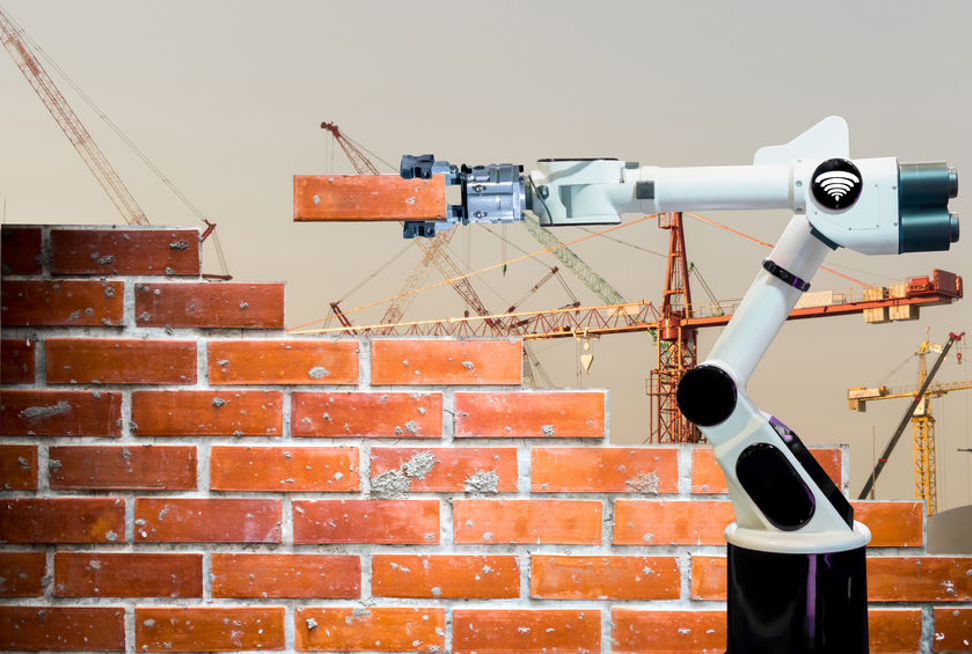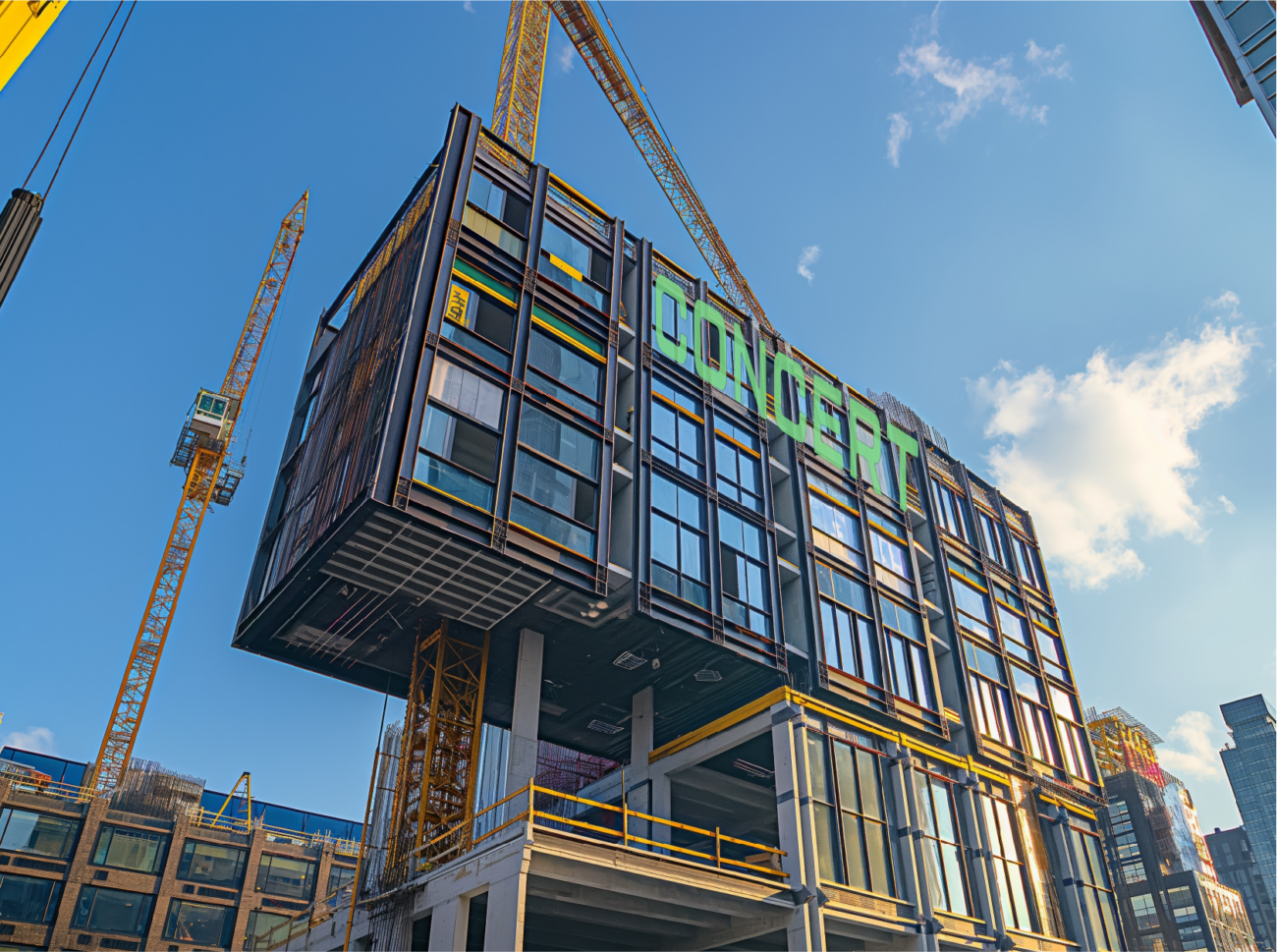Follow CONCERT on LinkedIn for more on the digital future of architecture.
In our last installment, we discussed how digital assets and files can be certified with CONCERT’s digital fingerprint technology. In this installment, we’ll explain how that fingerprint becomes part of a blockchain-powered timestamp that empowers architects to sign and seal any kind of data.
Architects Need to Sign and Seal Data
Today, architects share and consume a myriad of digital files, from BIM to 3D lidar scans to VR experiences and more. Some of these files will be used to fulfill contractual obligations. As a result, these files will all require a digital signature to certify them and act as a secure and persistent imprimatur on an architect’s intellectual property.
Digitally signing data is unprecedented in AEC, yet it is also essential to realize productivity and to prepare for emerging tech like on-site robots. Signing data allows for complex information to be shared with both human and non-human agents on a project, and without having to translate to paper.
Examples include 3D files for additive manufacturing, or data to 3D print entire houses; robotic excavators that dig the foundations for wind turbines; computational design data where the output is data points that comprise complex topologies — from brick patterning to complex rain screens.
These all need to be digitally signed and sealed by the professionals who developed them.
Unfortunately, due to the document-bound nature of the AEC industry, signing and sealing a digital file has become a non-trivial problem, compounded by the growing number of disparate stakeholders, file types, and data streams associated with any modern building project.
How do you sign and certify a file that will be used, and potentially modified, by a robot?
Introducing CONCERT, and Ethereum
The enabling technology for signing data is CONCERT’s Digital Exchange. Specifically, the Ethereum blockchain, which is emerging as the “industrial blockchain.” It’s designed not for cryptocurrency, like Bitcoin, but to create immutable data records that also embody a digital signature when applied to data.
Anytime a new file is issued, CONCERT registers its unique fingerprint, manages the versioning, and appends a timestamp. This data is immutably recorded to the Ethereum blockchain ledger. Once recorded, a digital signature can be applied as a certification of the data record.
Signed files carry all of the above, and also a robust digital signature that is broken if the file is modified by any means from the original (read our last piece on digital signatures to learn more). So when a robot, or anyone for that matter, receives data, it can verify that data’s authenticity as well as its version and certification by a professional — and then get to work with confidence.
Ethereum blockchain is highly secure. No one entity owns the blockchain, and the network is decentralized, with all of its transaction records (the ledger) being hosted across hundreds of thousands of nodes operating on individual computers around the world.
Ethereum blockchain is trusted by companies like Ernst & Young, JPMorgan, FedEx, and more.
The Future of Architecture is Trusted Data
The future of AEC is data. Mountains and mountains of data.
And it’s not just simple data. Architectural data is the result of research, synthesis, and hundreds if not thousands of hours of hard work. Because the value of this work is realized through open exchange with stakeholders, it also needs to be protected.
For architects, protecting data means protecting their IP. This is essential for designers to modernize their practices, and create new and value-added services that extend throughout the building lifecycle.
CONCERT is the digital file registry that enables architects to authorize, sign, and certify any kind of file or data — whether that data was created by a human or a machine.
The secure, permanent ledger that CONCERT creates and manages on behalf of architects is the foundation for long-term architectural IP protection, and for a host of new and emerging data-driven building design services.





